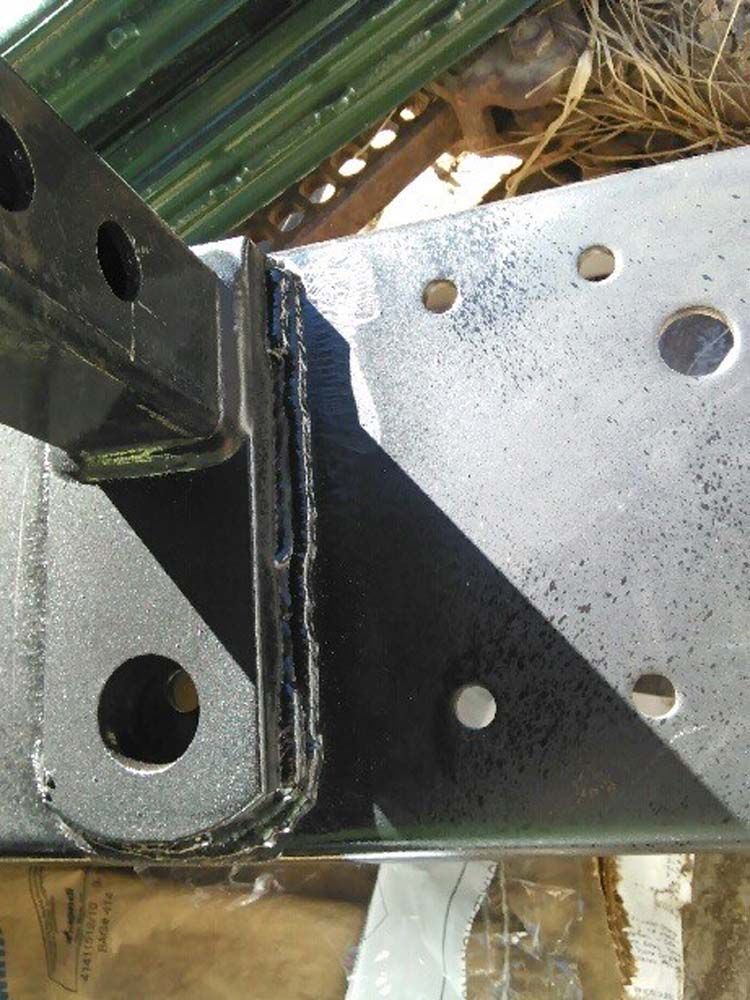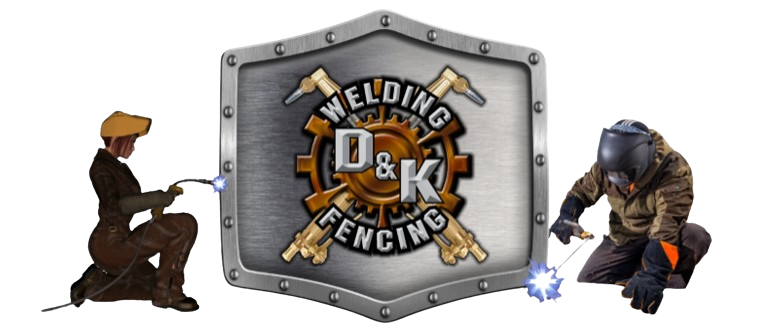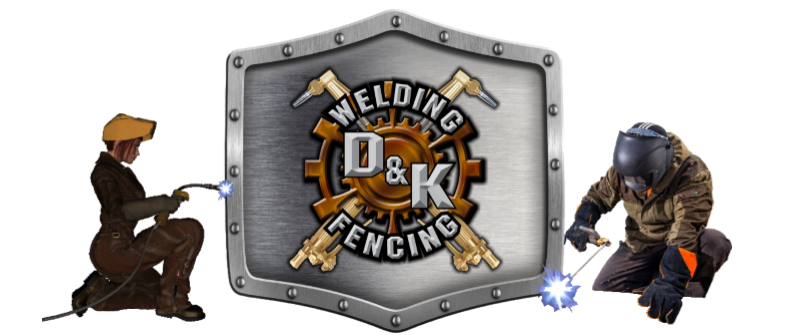Blog

Looking to upgrade your property with durable fencing or custom metalwork? DNK Welding & Fencing, located in the heart of the Lake of the Ozarks, MO, is your go-to provider for expert fencing and welding services. With years of experience and a dedication to excellence, we take pride in delivering solutions tailored to your unique needs. Whether you're securing your home, enhancing your business, or tackling a custom project, we’ve got you covered. Our Services At DNK Welding & Fencing, we specialize in a wide range of fencing and welding services designed to meet residential, commercial, and industrial needs. Fencing Services Privacy Fences : Create a peaceful and secure environment with high-quality privacy fencing. Chain-Link Fences : A cost-effective and durable option for securing properties. Ornamental Fences : Add elegance and functionality to your home or business. Farm Fencing : Reliable solutions to protect livestock and outline property boundaries. Custom Gates : Beautiful and functional gates to complement your fencing design. Welding Services Custom Fabrication : Bring your unique vision to life with our skilled welding team. Metal Repairs : From structural fixes to equipment repair, we’ll restore your metalwork to its original strength. Heavy-Duty Projects : Perfect for industrial applications requiring precision and durability. On-Site Welding : We’ll come to you to handle welding projects efficiently and professionally. Why Choose DNK Welding & Fencing? Expert Craftsmanship We’re passionate about delivering impeccable craftsmanship. From robust fences to intricate welding projects, our team works with precision and care. Local Knowledge As a locally owned and operated business, we understand the needs of the Lake of the Ozarks community. We’re committed to providing solutions that fit the unique landscape and lifestyle of our clients. Durability and Quality We use premium materials and proven techniques to ensure every project stands the test of time. Your satisfaction is our top priority. Customer-Centric Approach We believe in transparent communication and personalized service. Whether you need help choosing the right fence style or designing a custom metal project, our team is here to guide you every step of the way. Serving the Lake of the Ozarks and Beyond We proudly serve the Lake of the Ozarks area and surrounding communities, including: Osage Beach, MO Camdenton, MO Eldon, MO Sunrise Beach, MO Linn Creek, MO No matter where you’re located in the region, we’re ready to bring your fencing and welding visions to life. Let’s Get Started! At DNK Welding & Fencing, we’re ready to turn your ideas into reality. Whether you’re looking for a new fence to enhance your property’s security or custom welding services to tackle a unique project, our team has the expertise you need. Call us today at (573) 317-6120 or visit our website at dnkwelding-fencing.com to schedule a consultation. Let’s work together to create something exceptional!

Welding fabrication stands at the crossroads of art and engineering, where the skilled hands of welders transform raw metal into intricate and functional structures. It's a craft that plays a pivotal role in various industries, contributing to the creation of everything from custom metal art to essential components for construction and manufacturing. In this blog, we delve into the fascinating world of welding fabrication, exploring its processes, applications, and the expertise that brings metal to life. The Essence of Welding Fabrication Welding fabrication is the process of creating metal structures by joining and shaping individual pieces through welding techniques. This intricate craft involves a combination of technical expertise, creativity, and precision. Welders use various welding methods, such as MIG (Metal Inert Gas), TIG (Tungsten Inert Gas), and stick welding, to fuse metal pieces together seamlessly. Applications Across Industries Construction and Architecture: Welding fabrication plays a crucial role in the construction industry, contributing to the creation of structural steel elements for buildings, bridges, and other infrastructure. In architectural settings, it brings artistic visions to life through custom metalwork, decorative elements, and ornate designs. Manufacturing: Manufacturers rely on welding fabrication to produce a wide range of products, from machinery and equipment components to intricate parts for various industries. The precision and strength achieved through welding ensure the durability and functionality of these manufactured goods. Automotive: In the automotive sector, welding fabrication is fundamental to the assembly of vehicle frames, chassis components, and other structural elements. Precision welding ensures the safety and integrity of automobiles on the road. Art and Sculpture: Welding fabrication transcends practical applications, venturing into the realm of art. Talented welders use their skills to create stunning metal sculptures, abstract art pieces, and custom installations that showcase the artistic potential inherent in welding. The Welding Fabrication Process: Design and Planning: The process begins with meticulous planning and design. Welders work closely with engineers, architects, or clients to conceptualize the final product, considering factors like structural integrity, functionality, and aesthetic appeal. Material Selection: Choosing the right metal for the project is crucial. Factors such as strength, durability, and corrosion resistance are taken into account. Common materials include steel, aluminum, stainless steel, and alloys. Cutting and Shaping: Metal pieces are cut into the desired shapes using tools like plasma cutters, laser cutters, or shears. Precision in cutting ensures accurate assembly during the welding phase. Welding Techniques: Welders employ various welding techniques based on the project requirements. MIG and TIG welding are popular choices for their versatility and ability to produce clean, strong welds. Assembly and Finishing: The individual pieces are meticulously assembled according to the design. Once the welding is complete, the fabricated structure undergoes finishing processes, which may include grinding, polishing, or coating to enhance its appearance and durability. Expertise and Craftsmanship: Welding fabrication is a skill-intensive craft that demands expertise, experience, and an artistic eye. Accomplished welders not only possess technical proficiency in welding methods but also understand the unique properties of different metals. Their ability to translate design concepts into tangible, structurally sound creations sets them apart as true craftsmen. Conclusion: Crafting Excellence in Metal: Welding fabrication is a testament to the synergy between science and art, where metal is molded into functional structures and breathtaking works of art. From towering steel beams supporting buildings to intricately designed sculptures that captivate the imagination, welding fabrication leaves an indelible mark on our world. It is a craft that continues to evolve, pushing the boundaries of creativity and innovation, and its impact can be seen in every corner of our modern lives.




